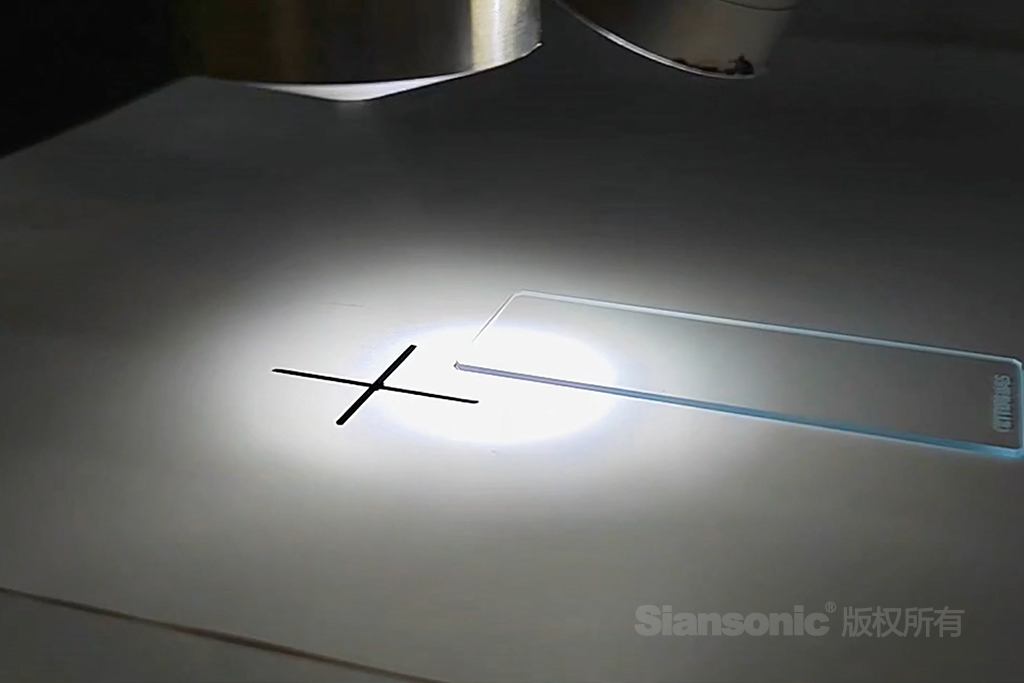The copyright of this article belongs to Siansonic Technology.The production is prohibited without permission.
Metal materials play an indispensable role in our daily lives and industrial production due to their various physical and chemical properties. They are widely used in numerous fields, including construction, manufacturing, transportation, and aerospace. However, corrosion is a key issue that threatens the lifespan and reliability of metals, as it can reduce their strength and durability, leading to catastrophic consequences.

Figure 1. Ultrasonic spray nozzle spraying superhydrophobic coating
For decades, researchers have been trying to prevent or minimize the damage caused by metal corrosion, with surface protection technology being a common method for metal corrosion prevention. This method involves using a coating to prevent direct contact between the metal and corrosive media, thus protecting the metal. Traditional anti-corrosion coatings, such as epoxy resin/polyurethane and polyester, are not very durable due to their hydrophilic nature, which allows corrosive ions to penetrate the coating or the metal interface. However, a superhydrophobic coating provides excellent physical barriers that can significantly prevent corrosive materials from adhering to the surface, thereby protecting the metal from ion penetration and the corrosion process. Therefore, the use of superhydrophobic coating to enhance the corrosion resistance of metals in corrosive environments has attracted widespread attention. Additionally, the superhydrophobic coating has several other important applications, including self-cleaning, frost resistance, and anti-fouling.
A surface with a water contact angle greater than 150° and a sliding contact angle less than 10° is referred to as a superhydrophobic surface. Low surface energy and nano/micro-level roughness are two key factors of the superhydrophobic coating, with achieving optimal roughness being the greatest challenge in the superhydrophobic coating process. Among various known coating methods, ultrasonic spray coating technology is a more adaptable technique. It works by inducing tiny droplets through ultrasonic waves, which are then deposited onto the surface. This method is low-cost, easy to operate, and suitable for large-scale deposition of various nanomaterials. By adjusting various coating parameters, the morphology and thickness of the coating can be easily modified, offering an alternative to typical superhydrophobic coating preparation methods.